Toledo – El Greco’s pride
Toledo – El Greco’s pride
Toledo is praised so much! It is called the “spiritual center of Spain”, “the storage of national wealth”, “the unity of three cultures”… Toledo really stores the traces of many epochs and civilizations: ancient Roman castle coexist with synagogues, and most Gothic cathedrals arose on the sites of destroyed mosques. Christians, Muslims and Jews have left their mark in the architecture of the city (just like in Jerusalem). Moreover, Toledo is a refuge and a favorite city of the great El Greco.
The historical center of the city, classified by UNESCO as the heritage of mankind, is quite compact, but very special and picturesque. The calling card of Toledo is a wonderful castle Alcazar, whose strict silhouette is visible from any point. This is a monumental rectangular building with formidable watchtowers, symbol of unwavering power of the city. Its fate rhymes with the historical paths of Toledo: the fortress built by Romans in the III century, was conquered by Saracens, and then came under the domination of Spanish kings. All the rulers of reconstructed Alcazar in their own way: it is not surprising that its design combines Moorish and Catholic traditions (that eventually turned into a unique Spanish style “mudejar”). Repeatedly reconstructed building didn’t manage to become an official royal residence: Madrid surpassed Toledo in terms of the capital ambitions. And the castle was meant to survive the fire several times (the last time– in 1936, during the horrible Spanish Civil War) and rise from the ashes. Today Alcazar includes the Museum of Armory and one of the richest Spanish libraries.
The next famous fortress– the castle of San Servando, was built during the rule of the Roman empire, and then reconstructed by Visigoths and Arabs. For some time, this austere construction was a monastery, but soon recovered its natural military status. Besides, San Servando was the first Spanish castle, honored with the title of national heritage. The most important attractions of Toledo include Alcantara Bridge, spread over the river of Tajo. The former Roman viaduct, built by the order of Emperor Trayan, has long protected the access to San Servando. And a huge Gothic St Martin bridge spread over the ruins of Moorish baths, destroyed during the expulsion of Muslims from Toledo (they say that after such insult to the cultural heritage the city the plague took over the town).
The most interesting attractions of the city include: The Cathedral of Saint Mary, the central square Plaza de Zocodover, the palace Taller del Moro, which houses the Museum of Arab culture, the Museum of Inquisition, two wonderful synagogues and ancient Jewish quarter of Juderia. The Museum of El Greco is located on one of the streets of this quarter: here the famous artists painted the most of his pictures (after he had left Madrid and settled in Toledo- the center of education and arts). The paintings of brilliant painter can be seen in the Cathedral (together with the pictures of Titian, Caravaggio and Goya), and his famous work “The Burial of the Count of Orgaz” still decorates the Church of San Tome.

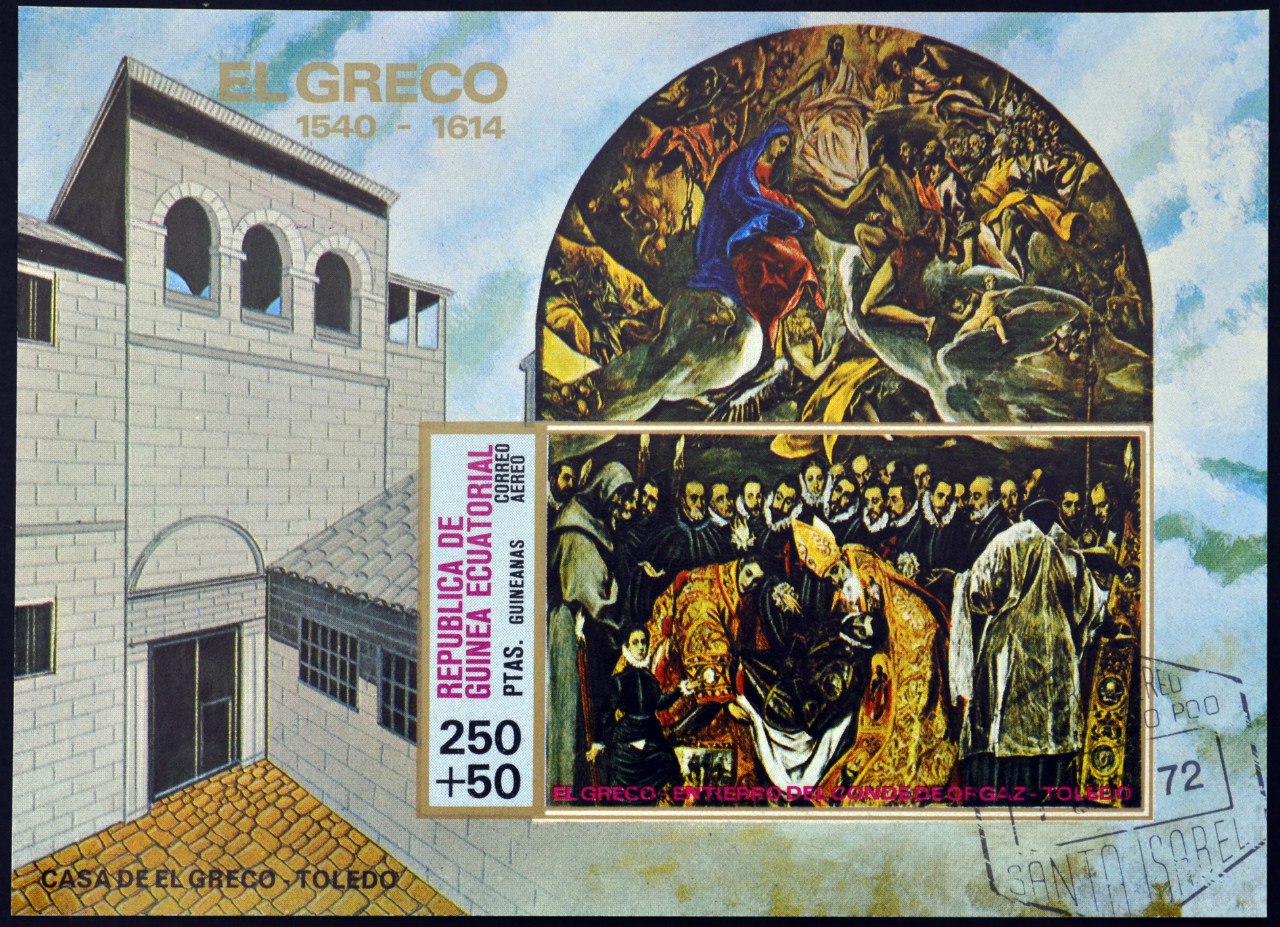

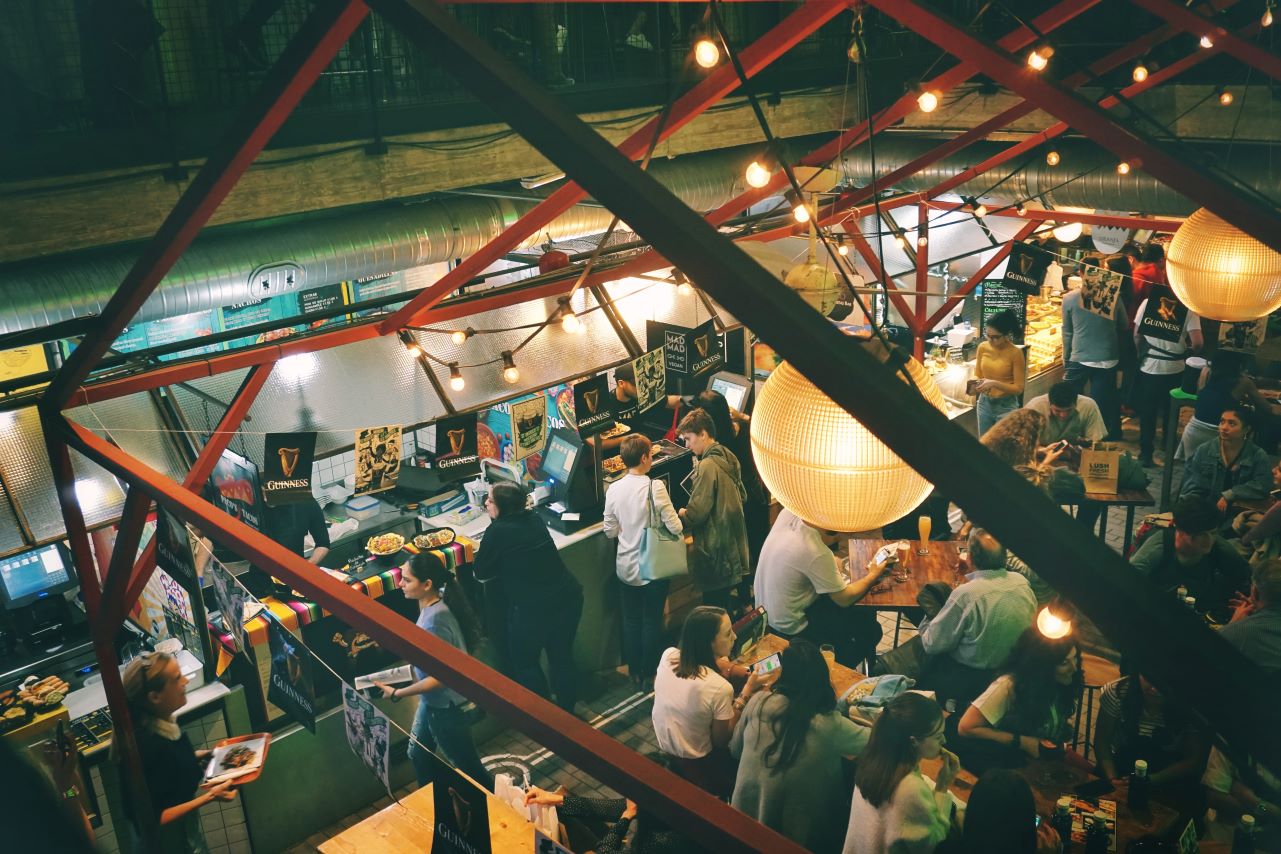
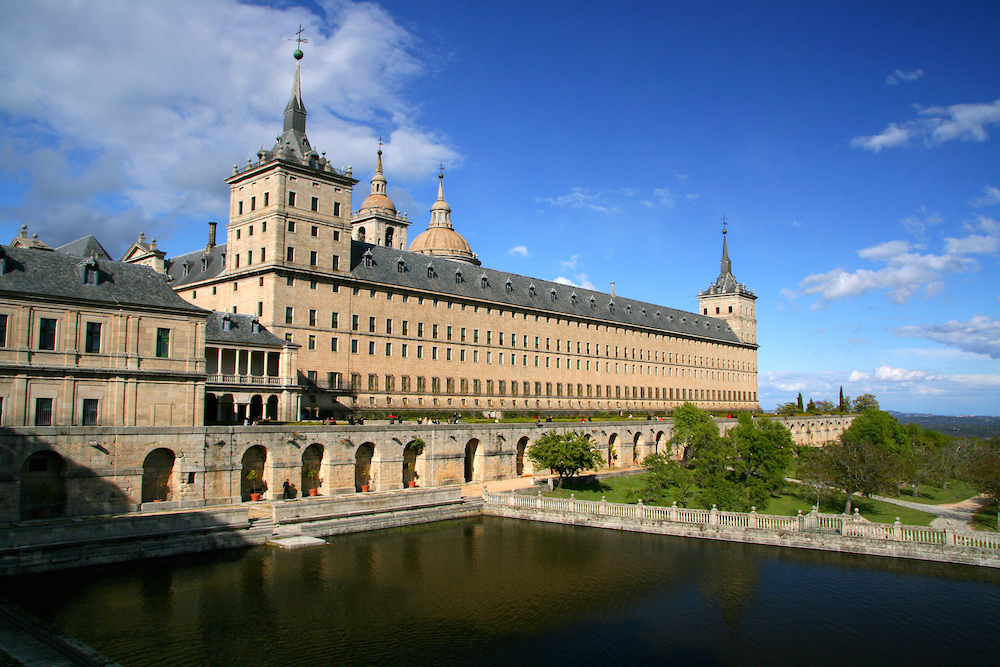

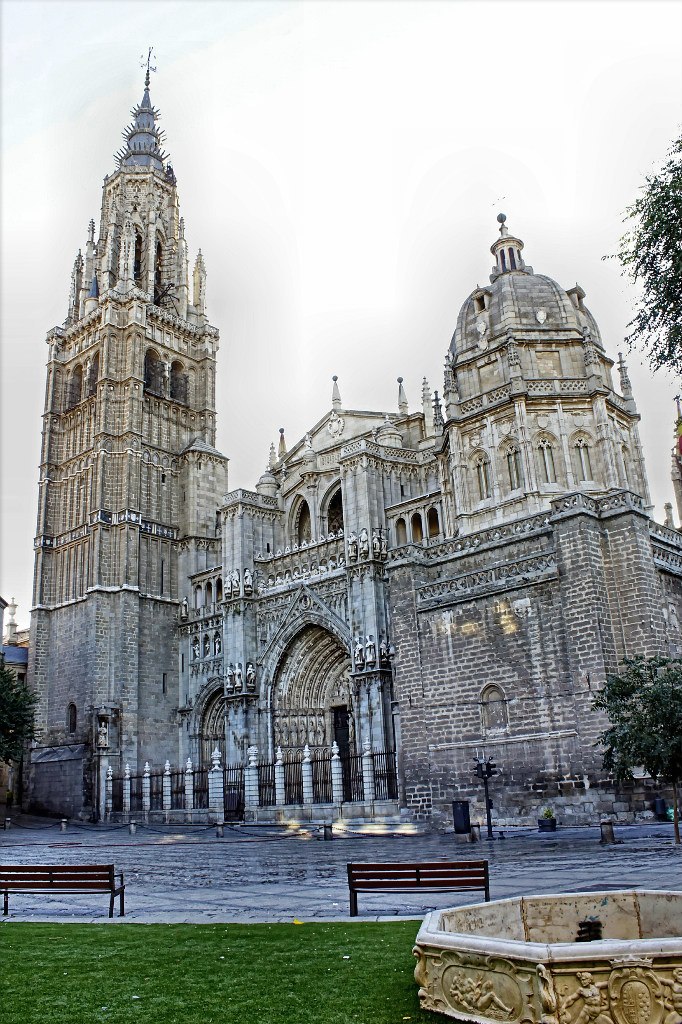
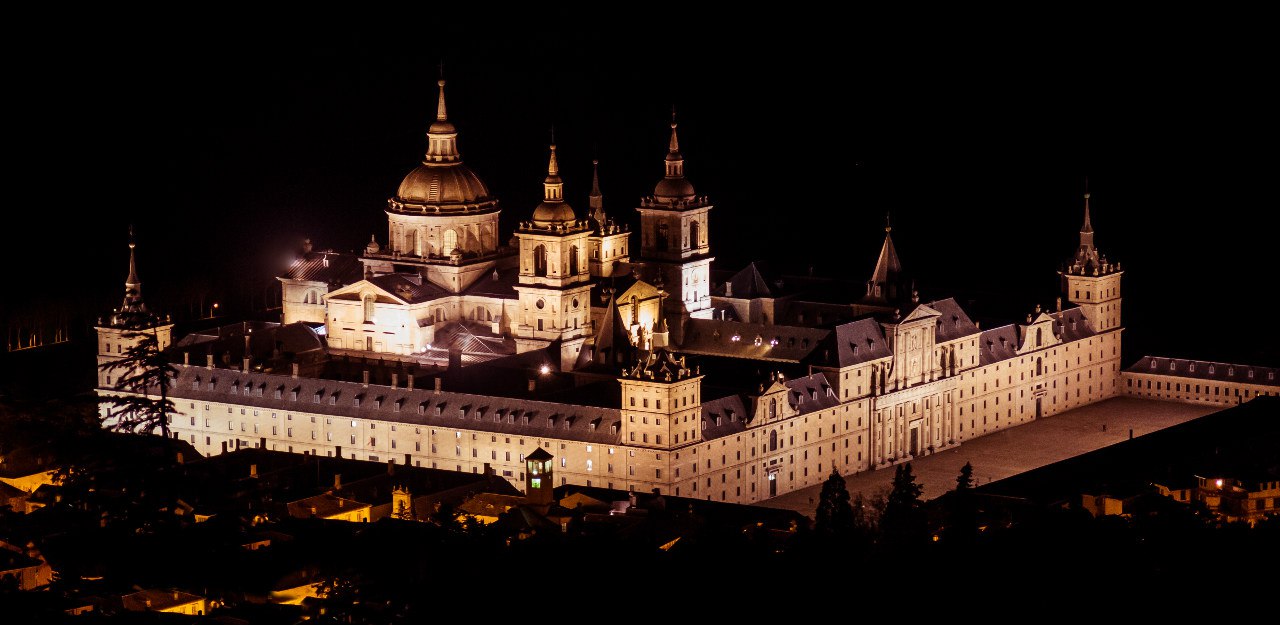
Comments